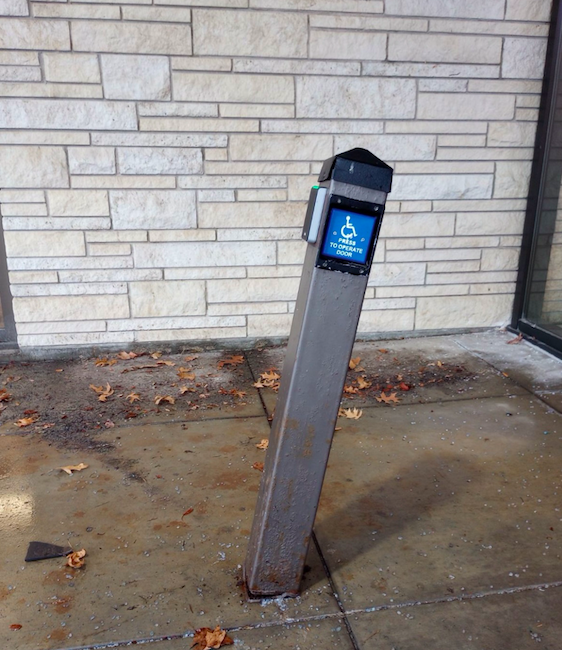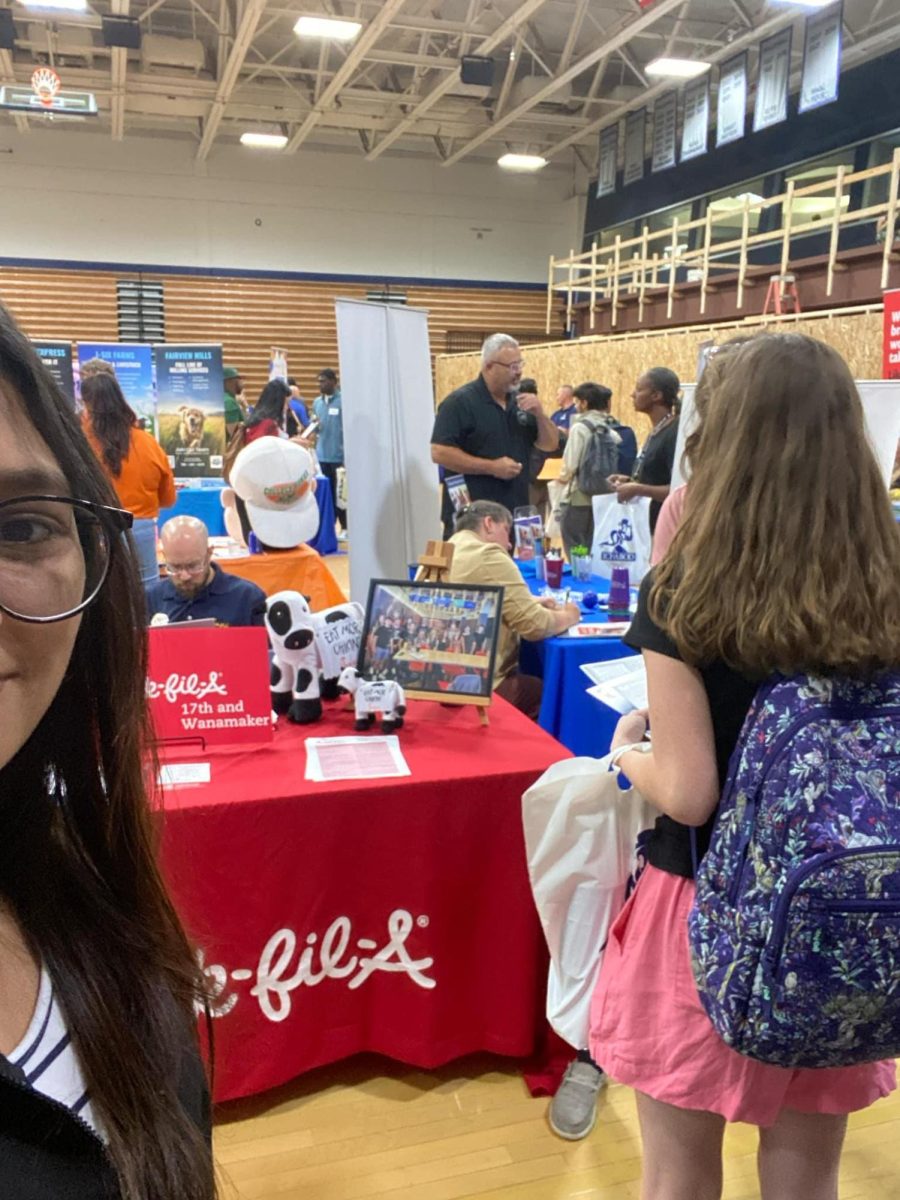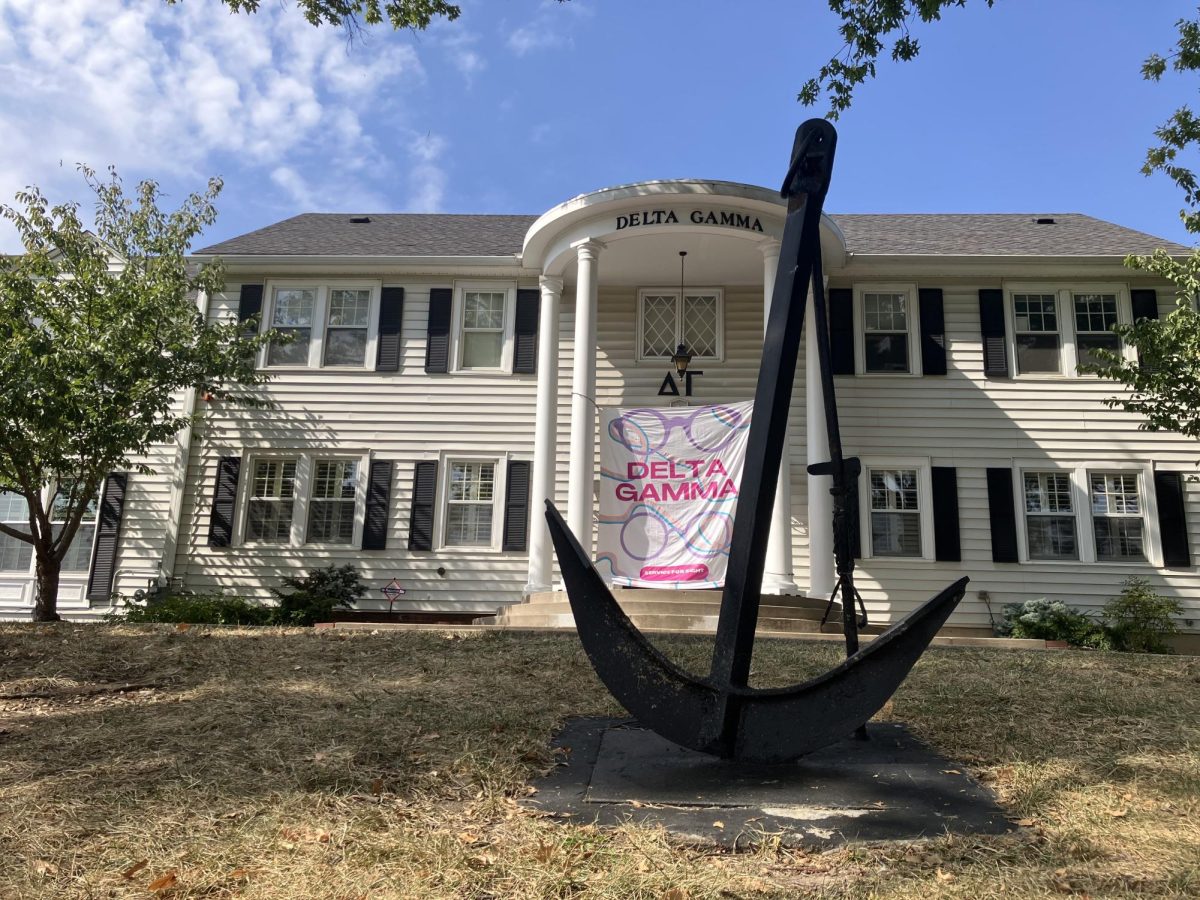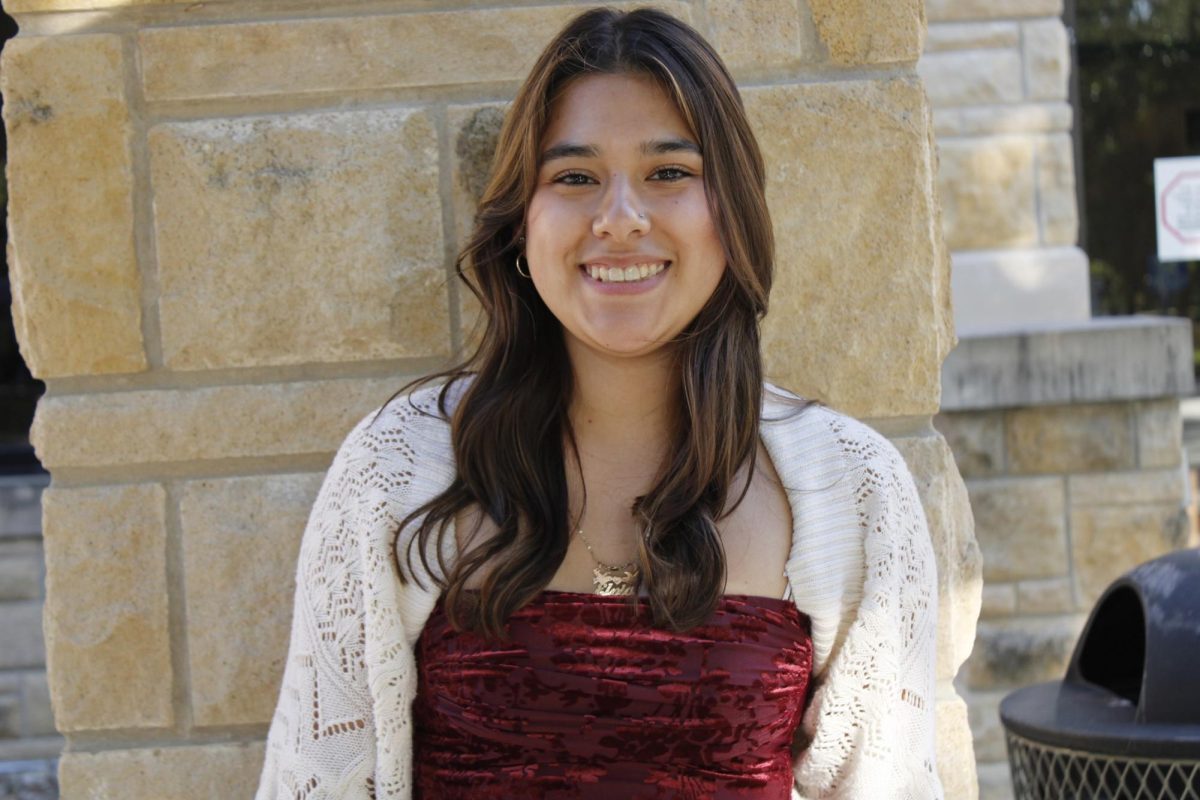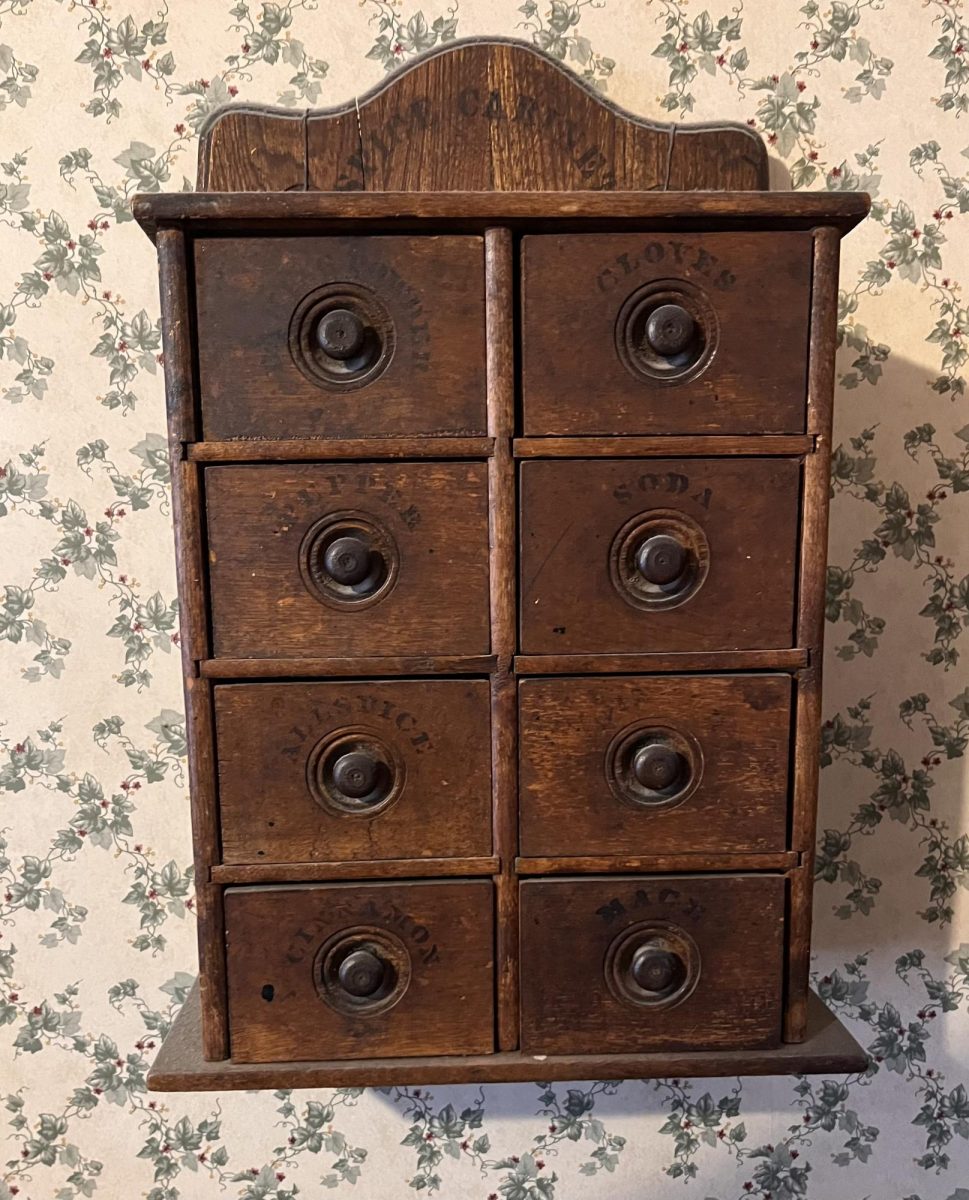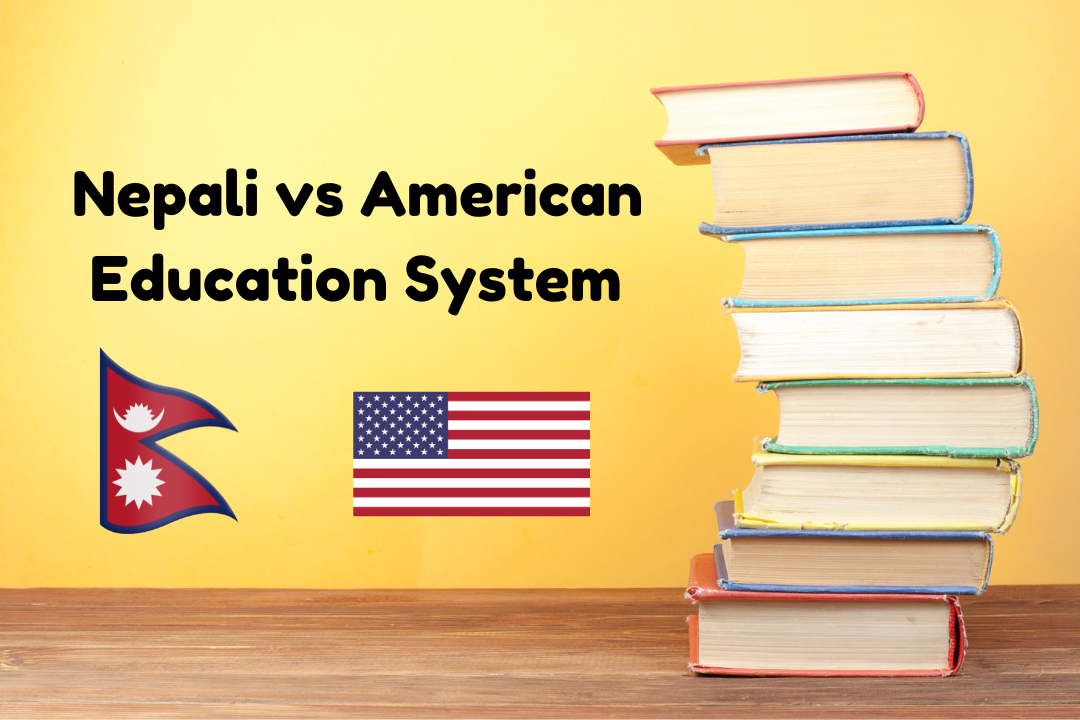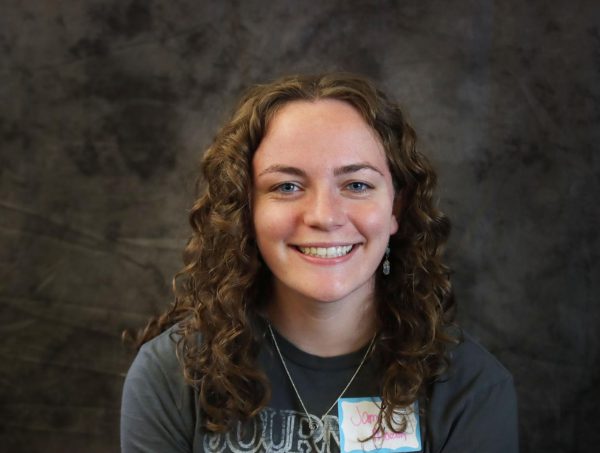Washburn University offers a variety of accommodations for their students, but physical accessibility is limited due to funds and unknowingness.
Student Accessibility Services offers accommodations with testing options, service animals, accessible tables and chairs, the opportunity to record lectures, attendance flexibility for health concerns and more if the student fills out the request form on the washburn.edu website under the Student Life and Accessibility Services tab.
MK Hunt, assistant director of Student Accessibility Services, describes an accessible campus as, “Anybody can be on the campus without additional aid needed.” While Washburn’s campus has elevators, handicapped parking and handicapped door buttons, it’s not enough for some.
“I think there is a willingness to be accessible and that we want to do whatever we can do when we find an area that’s not, but I think we have a long way to go,” said Heather Popejoy, director of Student Accessibility Services. “For example, Carnegie Hall, I am sure you are aware of, that took a very long time to transition. Some of those things I wish could be done a little bit faster. For example, the Braille on this campus is not the greatest in the universe.”
Jaycie Regnier, wrote an article on Carnegie’s accessibility issues and why it wasn’t accessible.
Popejoy thinks the buildings are too old and that’s why they aren’t as accessible. Henderson’s elevator presents issues as its elevator doesn’t always work and delays updates on it. The classrooms are also inaccessible for some students. Students should be able to walk to the front or back of the classroom and they aren’t in Henderson. However, contractors will be addressing this and making the classrooms Americans with Disability Act (ADA) compliant when renovations start.
“Cause everyone knows, Henderson,” said Popejoy. “Henderson is not the most accessible building, especially for those large classroom sizes. The way the seating is, a lot of universities, the guidance is you need to be able to get down to the bottom as well as the top, because I would be presenting something right? Henderson’s classroom’s don’t do that.”
Popejoy is referring to Henderson’s tiered classrooms. Wheelchair users are unable to go to the front of the classroom to present if necessary.
ADA requirements states, “College and university classes are often taught in large lecture halls. The ADA has special requirements for lecture hall settings. For theater-style seating, the seats must be 21 inches wide or larger and fold-down tablet arms should be provided. Aisles should be present in the lecture hall to provide connection between the teacher and students. A semicircle arrangement of tiered seats is ideal, but not required. If there is a platform in the room, ADA requirements state there must be ramp access.”
However, the tiered lecture halls aren’t the only difficulties for students.
Kloie Street, freshman elementary education major, has a cardiac condition and needs extra support from her service dog, Fussion, and wheelchair. However, the building doors aren’t big enough to fit them, forcing Fussion to walk behind or in front of her.
Street also said the ground “isn’t always great” to walk on and Henderson and Garvey’s elevators either don’t work or shake. She said Garvey’s elevator shakes so much, Fussion begs not to enter it. She also wishes parking was better, even with her handicapped placard.
“I have a lot of classes that, even though I do have a handicap placard to park in spots, I still have to walk quite a ways to get into the buildings,” Street said. “Which does kind of suck and can occasionally prohibit me from coming to classes just because I know I’m going to have to walk, even if it’s just two minutes to get into the class and then however long to get through the building.”
Popejoy pointed out that more braille needs to be around campus and that it’s hard to navigate in a wheelchair. She noted that President JuliAnn Mazacheck brought evaluators to address accessibility accommodations in need of fixing, but their options are limited due to every department having set budgets, which she doesn’t find ideal considering the handicap buttons are $6,000 alone.
Popejoy wants everyone to consider that keeping accessibility in mind has a positive effect and that it allows everyone extra help.
“Accessibility isn’t just for people with disabilities, if you have accessibility in mind always, it’s just for the good of the people,” Popejoy said. “Like the buttons aren’t just for me, it could be for someone carrying a big heavy box, or parents carrying a stroller, it’s not just for people with disabilities.”
Hunt works more on technology accessibility and finds Washburn’s websites fine for people with hearing and seeing, but if someone struggles with one or both of those, the website is considered inaccessible. For example, a website that doesn’t have captions on videos is inaccessible to people with hearing loss.
“When I go on a website and I can’t turn on captions, I see that as kind of inaccessible, because while I might have my hearing, processing words sometimes is aided by those captions,” Hunt said.
Hunt believes that Washburn genuinely works toward improving in areas that they may lack, especially on the technology side and helping students adjust to a post-COVID world.
If any student can’t find the information on the website or the form, faculty can guide students to Popejoy or find her office in Morgan Hall Room 105. Students must submit a request form to receive accommodations.
“When students come register with our office, they have to fill out a request form that basically states they are making a request for accommodations,” Popejoy said. “Because in K-12 if anyone receives accommodations, the teachers tend to just pick that person, and just know they need those things, whereas in higher education you have to, as an individual, make a request. The laws are just a little bit different.”
Even if students don’t have the proper medical documentation, Popejoy encourages them to set up a meeting with her because she can help attempt to get the paperwork.
Street finds Washburn to be “pretty accessible” overall.
“I was really worried I wasn’t able to start school on time because I literally texted them the week before like, ‘Hey, I got to bring my dog,’ and they’re all super quick with it. I got a text the same day and they’re like, ‘Yeah, no problem,’” Street said.
She explained how Fussion alerts her when her heart rate is too high or too low, knows how to help if she faints and can find her mom or boyfriend if needed. It’s important to keep Fussion with her, so she had to make sure he was able to attend school and found it easy to work with SAS.
Hunt thinks it’s important to have things out in the open, leaving room for others to say, “Oh, I do too. Let’s talk about it, let’s have that camaraderie, let’s feel like I belong and let’s feel like I am represented.”
Popejoy encourages others to be advocates for accessibility because their voices will make the biggest impact.
“For accessibility to be more prominent, it does have to come from students,” Popejoy said. “I can talk until I’m blue in the face about, ‘Well we need more braille on things, the curb cuts are kinda high and there’s not enough parking spaces,’ compliance issues, but they are used to hearing from me. When students have that feedback and the advocacy skills, they hear more of you and are willing to maybe take better direction.”
SAS is hosting a CTEL workshop from 2-3p.m. on March 29 in Morgan Hall room 052. Students with disabilities will be having a panel to discuss their experiences at Washburn.
Edited by Gabby Van Sickle, Aja Carter and Jeremy Ford




